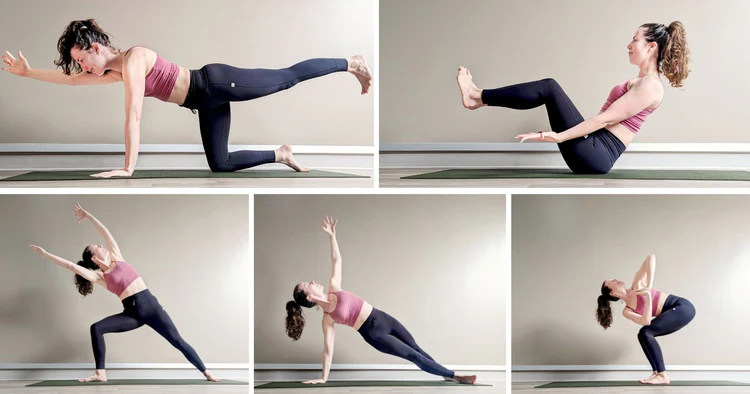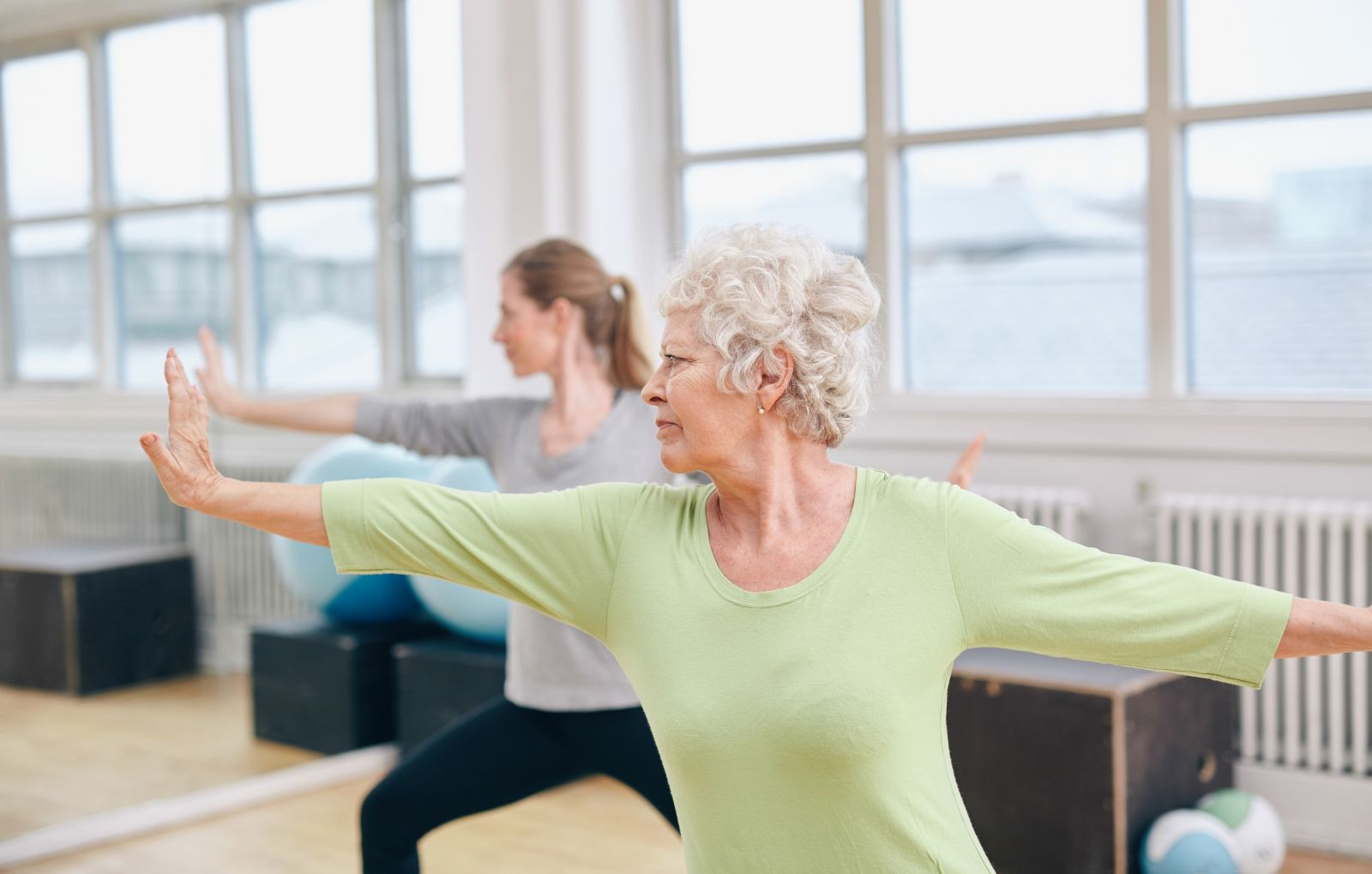Gymnastics and Health: Building a Stronger Body and Mind Through Movement By [Your Blog Name]
![Gymnastics and Health: Building a Stronger Body and Mind Through Movement By [Your Blog Name]](https://dailyscan.net/wp-content/uploads/2025/05/yoga-poses-for-core-strength-01_750x.webp)
When most people think of gymnastics, they picture elite athletes flipping through the air or performing elegant routines on the balance beam. While those images are impressive, gymnastics is far more than just a competitive sport. At its core, gymnastics is about using your body in powerful, dynamic, and creative ways—and it offers incredible health benefits for people of all ages and skill levels.
Whether you’re a parent thinking about enrolling your child in gymnastics classes, a teenager exploring fitness options, or an adult looking for a fun and effective workout, gymnastics might be exactly what you need. In this article, we’ll explore how gymnastics improves physical and mental health, and why incorporating it into your lifestyle could be one of the best decisions you make for your well-being.

What Is Gymnastics, Really?
Gymnastics is a sport that involves performing exercises requiring strength, flexibility, balance, coordination, and control. While there are many disciplines—like artistic gymnastics, rhythmic gymnastics, trampoline, and acrobatic gymnastics—they all involve fundamental movements that build a strong foundation for overall fitness.
Even recreational gymnastics, which doesn’t involve competitions or high-level tricks, provides a complete workout and builds physical literacy (your ability to move confidently and effectively in a variety of situations). It’s this foundational value that makes gymnastics so beneficial for health.
Physical Health Benefits of Gymnastics
1. Full-Body Strength Development
Gymnastics engages all the major muscle groups—arms, legs, back, core, shoulders, and even smaller stabilizing muscles. Bodyweight exercises like handstands, push-ups, pull-ups, and hanging routines build lean muscle and functional strength without needing heavy weights.
Young gymnasts develop strength naturally through fun challenges like climbing ropes or swinging on bars, while adults can benefit from gymnastics-based fitness (like calisthenics or adult gymnastics classes) to develop impressive strength and control.
2. Improved Flexibility and Joint Health
Flexibility is one of the cornerstones of gymnastics training. Stretching is built into every class or session, whether it’s splits, bridges, or shoulder mobility drills. Over time, these movements improve the range of motion in your joints and muscles, reducing the risk of injuries not just in the gym but in everyday life.
For children, starting gymnastics early can lead to long-term flexibility benefits. For adults, it’s a great way to counteract the stiffness caused by desk jobs and sedentary lifestyles.
3. Better Balance and Coordination
Many gymnastics skills require the body to be in unique positions—on one leg, upside down, or moving through space. These movements develop proprioception (awareness of your body’s position) and fine motor coordination.
The result? You become more agile, less prone to tripping or falling, and more confident in your physical movements—whether you’re on the gym floor or walking down the street.
4. Cardiovascular Health
While gymnastics isn’t usually thought of as a cardio-heavy activity, it actually provides excellent cardiovascular benefits. Intense sessions that include tumbling, jumping, and conditioning circuits elevate your heart rate and improve aerobic capacity.
Trampoline-based gymnastics especially provides a great cardiovascular workout while being easier on the joints than running or jumping on hard surfaces.
5. Stronger Bones and Injury Prevention
Weight-bearing movements like jumping, balancing, and handstands help increase bone density. Gymnastics encourages these natural weight-bearing activities, which strengthen the skeletal system and help prevent osteoporosis later in life.
Moreover, by improving balance, flexibility, and coordination, gymnastics reduces the risk of injuries during other sports and daily activities.

Mental and Emotional Benefits of Gymnastics
Physical fitness is only one side of the coin. Gymnastics is equally powerful when it comes to building mental resilience, discipline, and confidence.
1. Discipline and Goal Setting
Mastering a gymnastics skill takes time, practice, and patience. Students learn the value of consistent effort, setting goals, and pushing past failures. This mindset translates well to academics, work, and other areas of life.
Children and adults alike benefit from the structure of gymnastics training, which encourages accountability, self-motivation, and a growth mindset.
2. Confidence and Self-Esteem
Few things boost confidence like learning to do a cartwheel, landing a back handspring, or finally holding a handstand. These physical accomplishments are powerful reminders of what your body is capable of.
Performing in front of peers or audiences also helps develop poise and self-assurance. Even shy individuals often blossom with time in gymnastics, as they gain confidence in their physical skills and in themselves.
3. Focus and Mental Sharpness
Gymnastics requires intense focus. Whether balancing on a beam or flipping through the air, gymnasts must stay mentally engaged to execute movements safely and correctly.
This mental sharpness improves cognitive function, concentration, and decision-making skills. It’s why gymnastics is often linked with better academic performance in children and sharper thinking in adults.
4. Stress Relief and Emotional Regulation
Exercise is a natural stress reliever, and gymnastics is no exception. The physical exertion releases endorphins—those feel-good chemicals that help reduce anxiety and improve mood.
The structured environment of gymnastics also teaches emotional regulation. Facing fears (like doing a backflip) and overcoming them builds emotional strength and teaches coping strategies that last a lifetime.
Gymnastics for Every Age
You don’t have to be a child or Olympic hopeful to benefit from gymnastics. Here’s how gymnastics can fit different life stages:
For Children (Ages 3–12):
-
Develops gross motor skills
-
Encourages social interaction and teamwork
-
Builds self-confidence early
For Teenagers:
-
Offers a healthy outlet for energy and emotions
-
Enhances athletic performance in other sports
-
Builds leadership and discipline
For Adults:
-
Boosts mobility, strength, and coordination
-
Offers a fun, engaging alternative to traditional workouts
-
Helps prevent age-related decline in physical function
For Seniors:
While competitive gymnastics may be out of reach, many of its principles (like stretching, balance work, and core strength) are central to senior fitness programs. Modified gymnastics-inspired movements can improve mobility and reduce fall risk.
How to Get Started With Gymnastics
1. Join a Gym or Class:
Look for a local gymnastics center or community class that offers programs for your age and skill level—many gyms have beginner adult classes too!
2. Try Gymnastics-Based Fitness:
Programs like calisthenics, parkour, and even yoga incorporate gymnastics principles. These can be a great way to ease into it.
3. Train at Home (Safely):
Start with basic exercises: forward rolls, bridges, handstands against a wall, and flexibility drills. Use a mat and always prioritize safety.
4. Consult a Coach or Trainer:
Especially for beginners, having a coach ensures that you’re learning proper form and avoiding injury. They can also help you set realistic goals and track your progress.
Final Thoughts: Gymnastics Is for Everyone
Gymnastics isn’t just for future Olympians—it’s a powerful, holistic tool for better health. From stronger muscles and bones to sharper minds and more resilient spirits, gymnastics builds a body and mind that can move through life with energy, confidence, and grace.
Whether you’re flipping on a floor mat or simply trying your first handstand, the benefits go far beyond the gym.
So why not give it a try?
You might surprise yourself—and unlock a whole new level of strength and well-being along the way.
